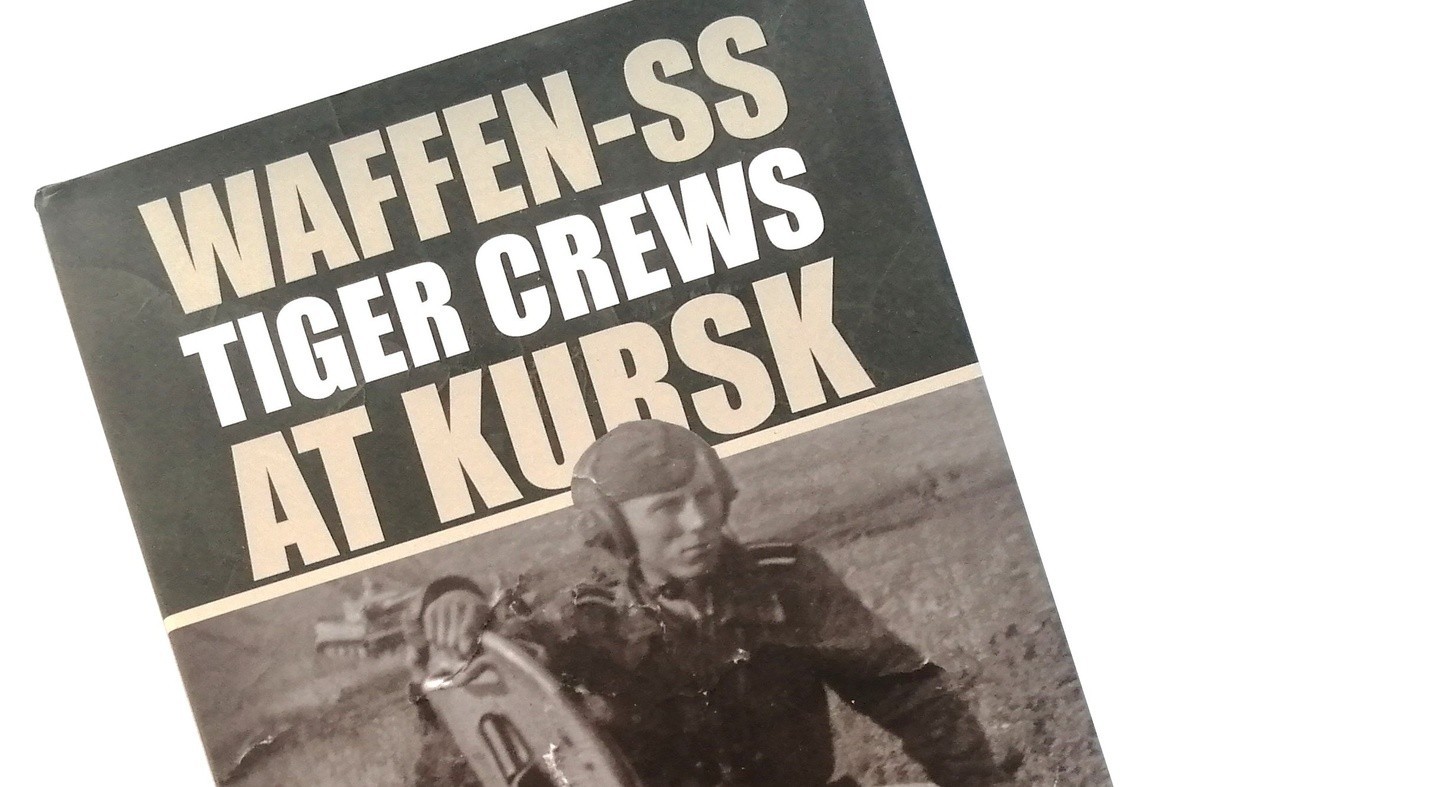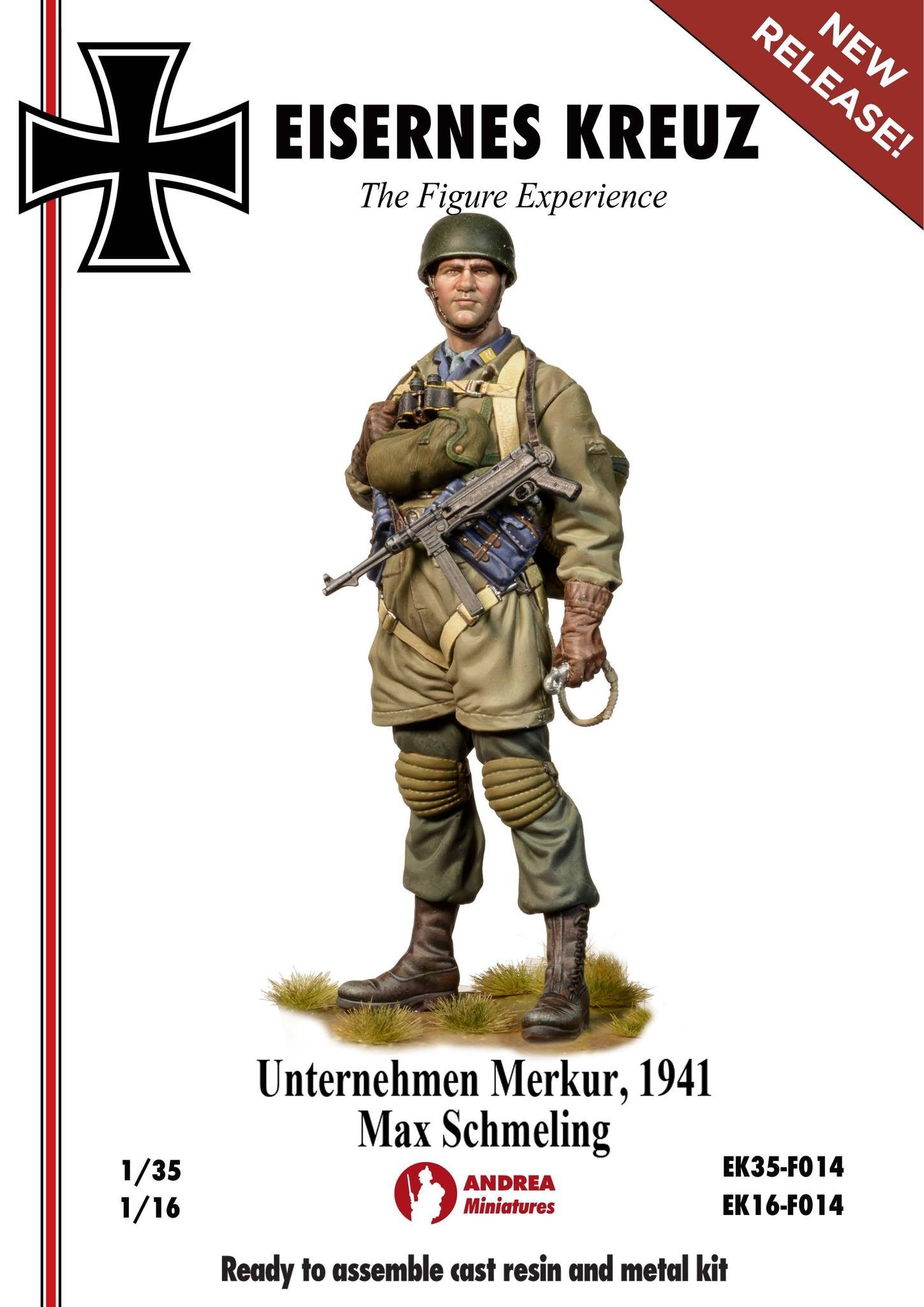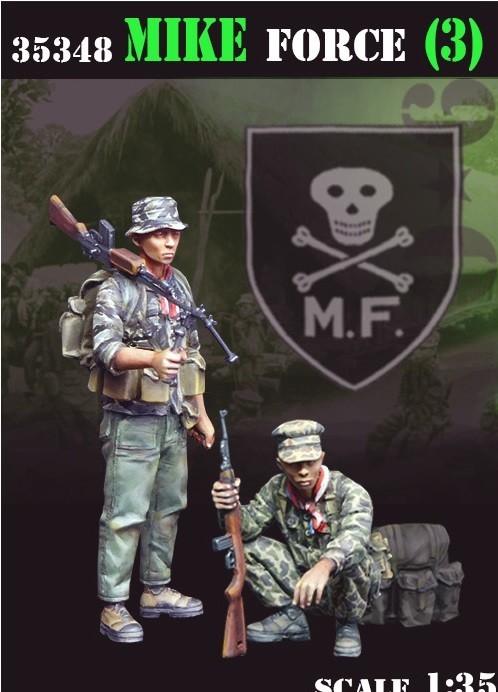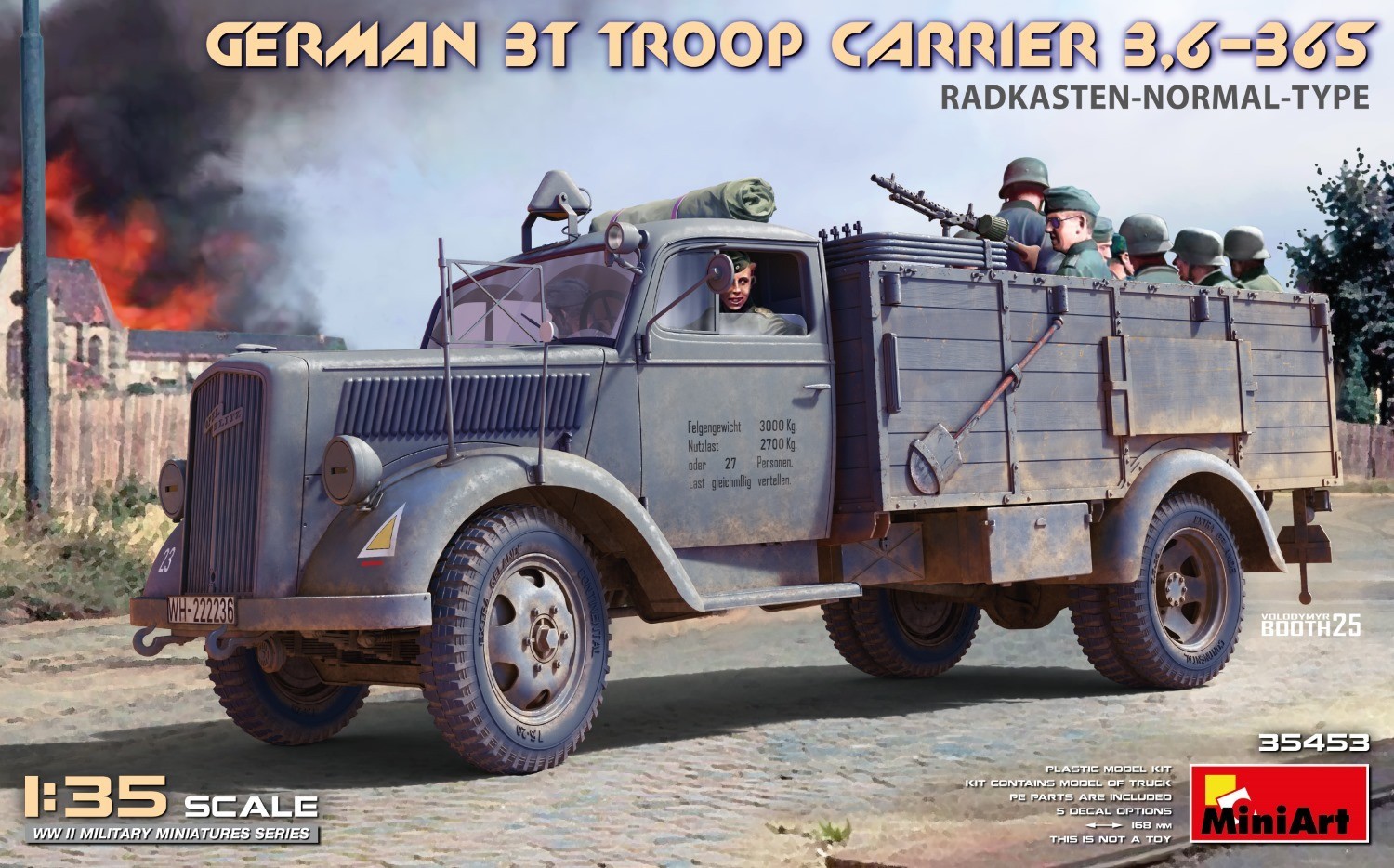
Waffen-SS Tiger Crews at Kursk is a book written by Colonel French l. MacLean US Army (ret) and published by Schiffer. It is a hardback volume in portrait format measuring 17.5 by 25.20 cm and 288 pages. It is printed on matte paper with a font size large enough to read comfortably, and is accompanied by numerous photos and maps.
As the title indicates, the book focuses on the biographies of the Tiger crews of SS Panzer Regiments 1, 2 and 3 during the Kursk offensive, between 5 and 15 July 1943. However the book has much more information to put into context the lives of these soldiers in those crucial days. One detail that I personally find awkward is the translation of German terms well known to readers such as Abteilung called Detachment, and especially referring to tank models as Mark 3 or Mark 4 instead of Panzer III or Panzer IV, an outdated and uncommon designation nowadays.
After the introduction and explanation of the methodology used, the first major section deals with the Tiger. It begins with a brief history of its development, description of the vehicle and doctrine of use. This is followed by a discussion of the various weapons the Tiger faced that could damage or destroy it, such as anti-tank guns, aircraft, trenches and of course the Soviet tanks. The different positions of the five crew members in a Tiger and their tasks are also discussed. Included in this section is the recovery and maintenance of the Tiger.
The next major section is the Battle of Kursk overview, with the planning of the Citadel operation, the composition of the 2nd SS Panzer Corps, terrain analysis and avenues of penetration.
Following this, Daily Battle Acts is a daily summary of the battle as it relates to the II SS Panzer Corps between 5 and 15 July 1943. For each day the weather, terrain, a full page map and two to three pages detailing the main actions are given.
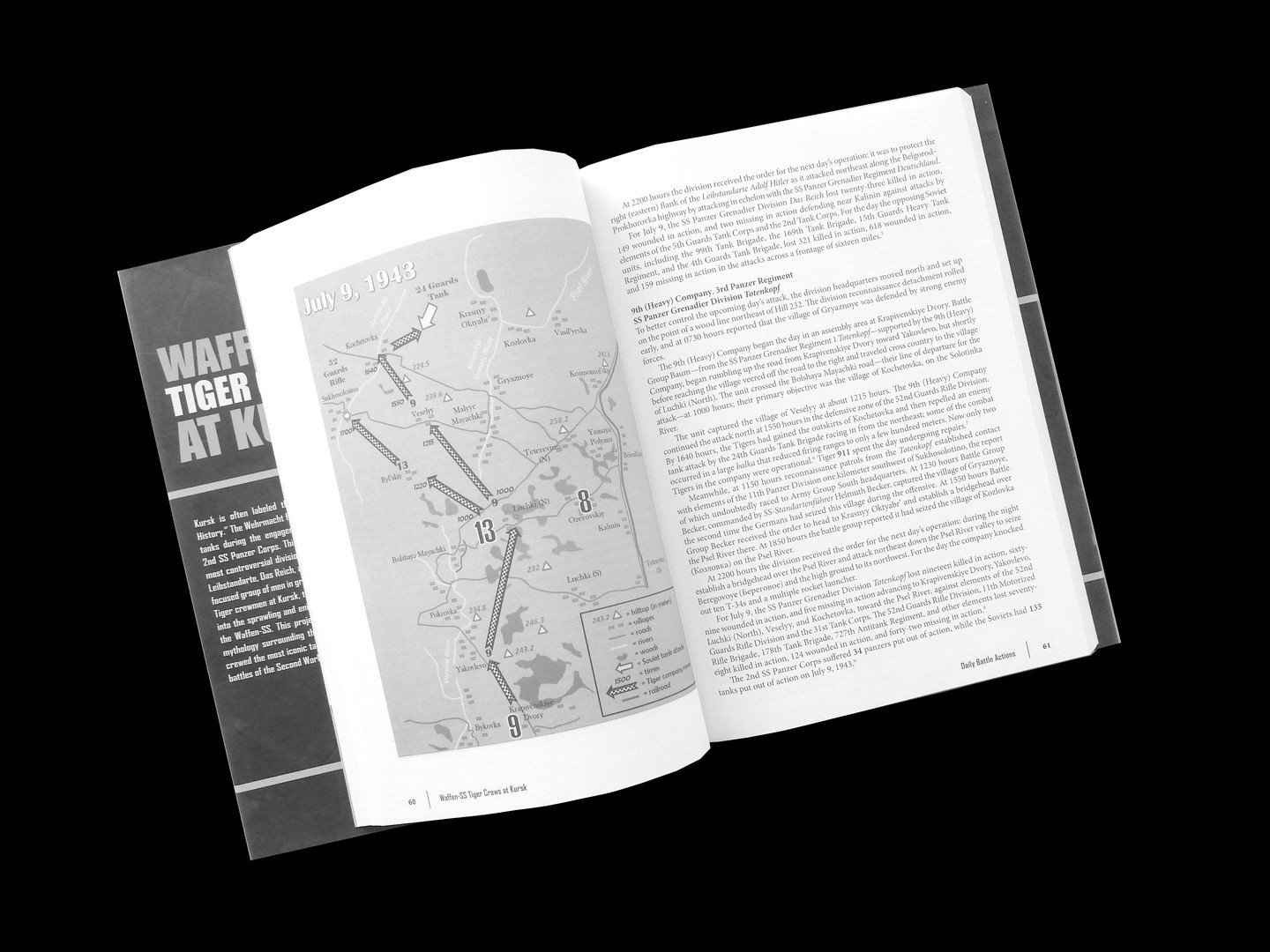
Battle rosters is another section detailing the commanders and tanks of each unit as well as their crews if known. For all tanks at least the commander is mentioned. Also for each unit there are some names for which it is not known which tank they served in.

The biographical section, which gives the book its title, runs to 46 pages and in these pages, arranged by unit and within this alphabetically, biographical data is given for all the crew members that can be traced. The length varies greatly depending on what was found out about each soldier. Some barely mention the unit or tank they served in, at the other extreme the famous Michael Wittman has two full pages. In general they usually have two or three paragraphs with a fair amount of data.
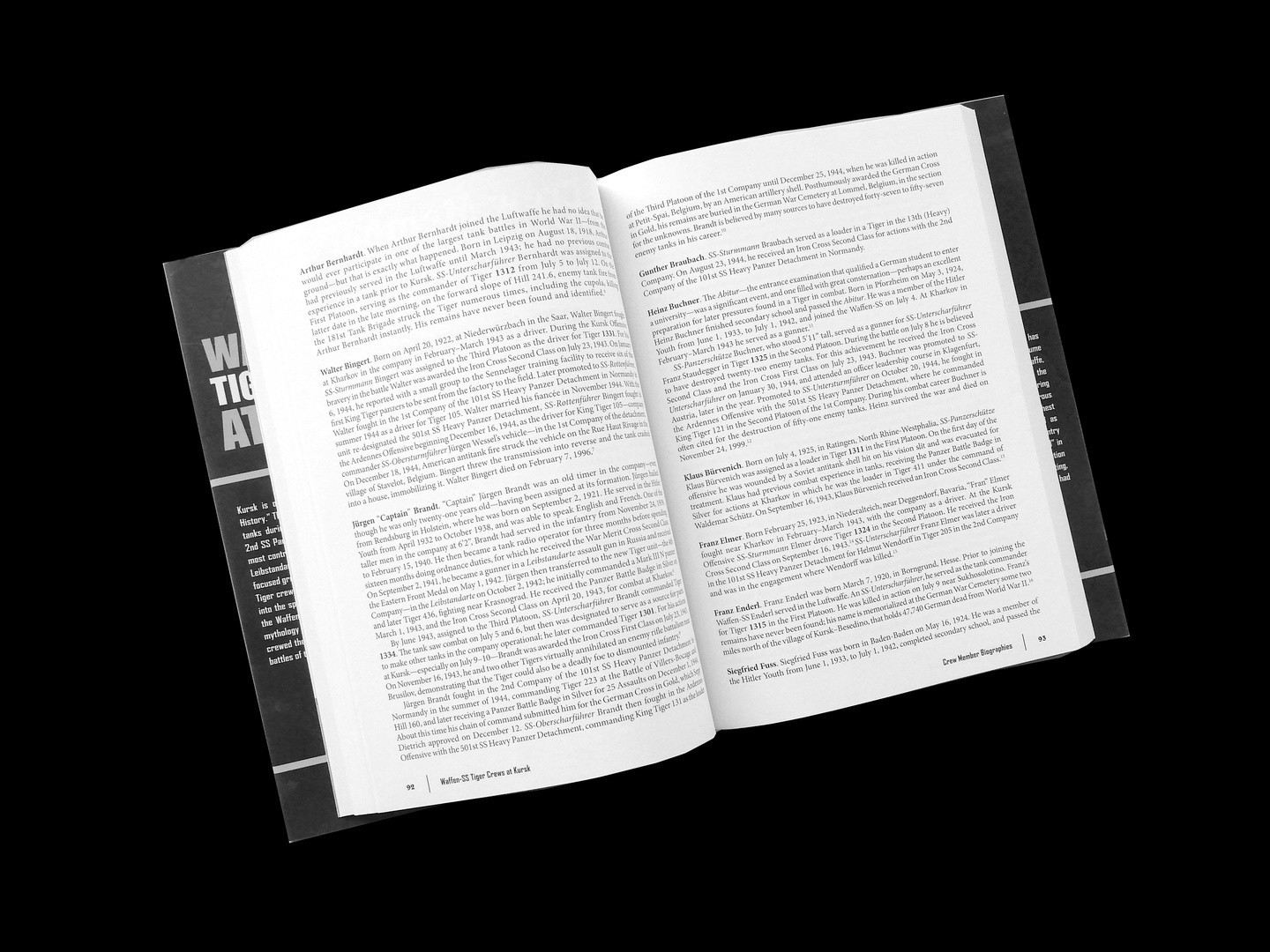
The following analysis section provides data on the casualties of these units, both personal and tank, rates of advance and what awards and whom received them, or how this battle influenced later operations (in Normandy or the Ardennes).
There is a concluding chapter with information about the role of the Waffen SS Tiger.
There are also four appendices with place names in English, Russian and German, crewmen who did not take part in the battle and why, ranks of the Waffen SS and their equivalents in the Wehrmacht, US Army and British Army.
The photo gallery occupies 67 pages of half- and full-page images, with captions. There are photos of the tanks as well as portraits of the crews and aerial photos of the battlefield.
At the end, we can find all the notes and an extensive bibliography.


Conclusion
A book with an interesting research work that allows to know the crews of a mythical tank in what is probably the most famous armoured battle in history. It is complemented with a day by day summary of the battle, 67 pages of photos, maps and characteristics of the Tiger tank.











